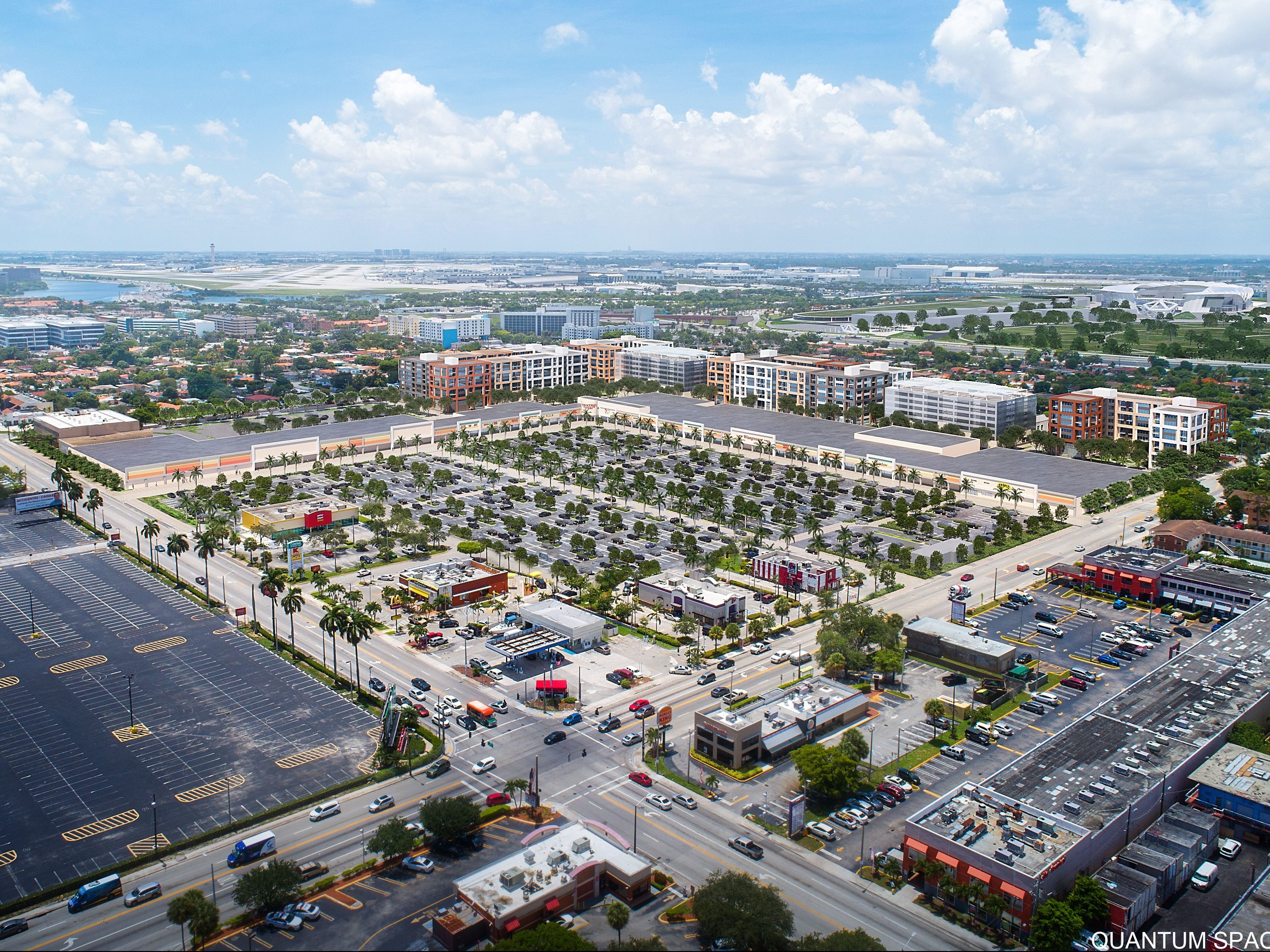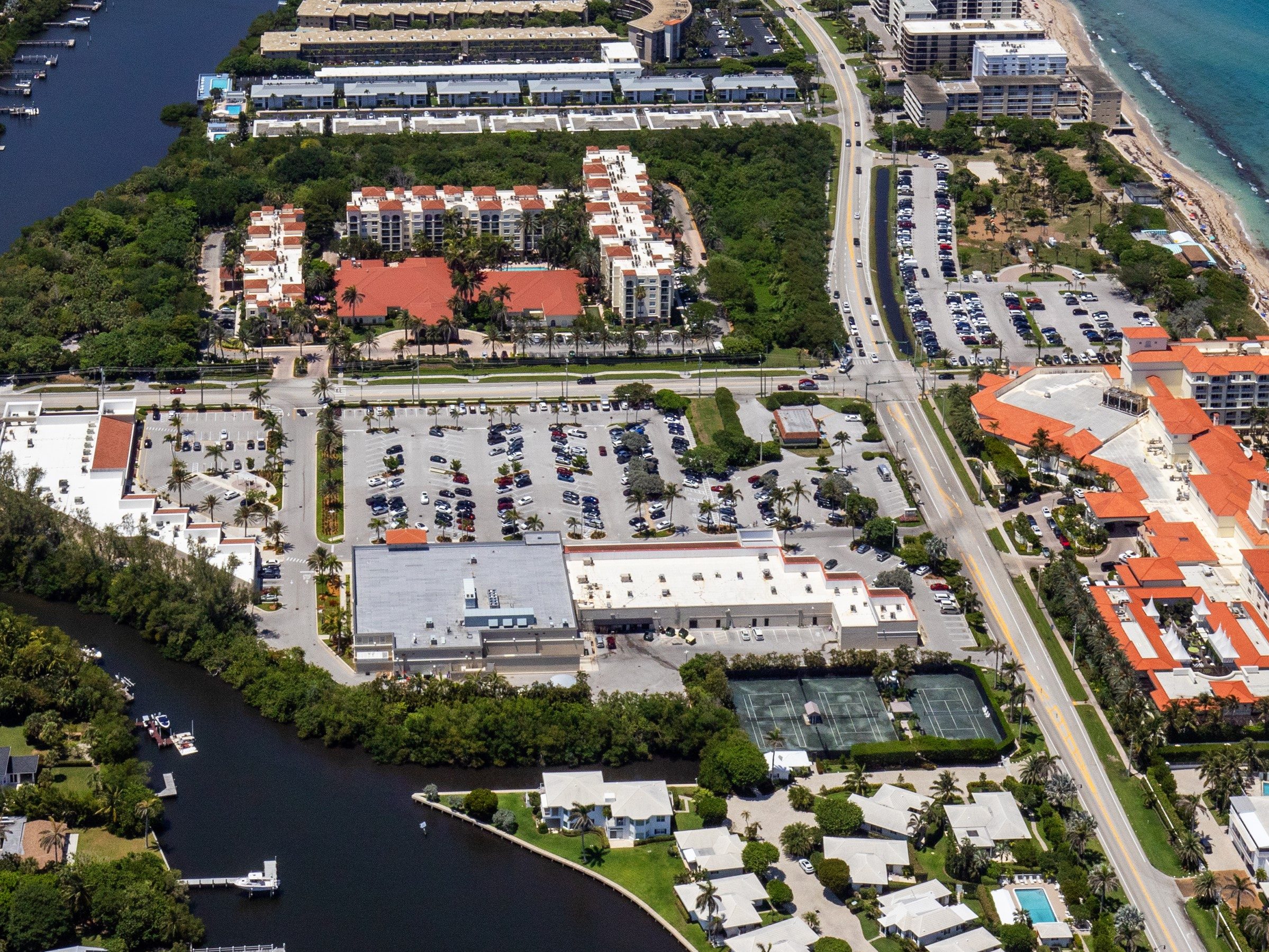Replicating Success: The Nuts & Bolts of Walgreen’s Net-Zero Model
In designing its retail store in Evanston, Ill., Walgreen Co. management tasked the facilities team with engineering a net-zero store that can be replicated across the country on a large-scale basis.
By Brad Berton, Contributing Writer
In designing its retail store in Evanston, Ill., Walgreen Co. management tasked the facilities team with engineering a net-zero store that can be replicated across the country on a large-scale basis, although it must also operate similar to standard Walgreens stores. In other words, “we were required to build the business case for the net-zero store first,” related director of sustainability Jamie Meyers. That also means not including any potential rebates or other incentives for energy-efficiency elements in the proposed budget.
Targeting net-zero with a project near the Walgreen headquarters in Chicagoland presented its own daunting challenges, given the area’s extreme winter and summer weather and quite moderate electricity pricing. Then again, the team’s ability to overcome so many related challenges bodes well for future net-zero endeavors garnering go-aheads. Noted Meyers: “If we can do this in Chicago, we can do it almost anywhere.”
A fundamental issue is that given all the energy required to heat and cool the store throughout the year — not to mention more than 20 freezers and coolers running 24/7/365 — meeting all those loads with a PV array on such a small rooftop footprint would require some enlightened and creative engineering.
Indeed, a typical Chicagoland Walgreens consumes about 425,000 kilowatt-hours annually, but it appeared doubtful that sustainable on-site generation could produce much more than maybe 200,000, recalled Scott Hackel, senior energy engineer with the Energy Center of Wisconsin, which frequently consults with Walgreen’s facilities team on energy modeling matters.
The team kept cranking away seeking, consumption-cutting and generation-boosting solutions and ultimately modeling a store requiring about 200,000 kilowatt-hours and likely generating about 220,000, primarily through the 850-panel photovoltaic array. The final model’s expected energy usage is divided among lighting at 27.5 percent, HVAC/refrigeration at 35 percent and plug loads at 37.5.
As Hackel explained in a recent webinar with Meyers, a key technological component optimizing Evanston’s load is a sophisticated unit made by Swedish outfit Green & Cool that very efficiently combines heating, cooling and refrigeration functions. Tapping some heating and cooling energy from the site’s 550-foot-deep, eight-well ground-source system, the unit—which uses efficient carbon dioxide as its refrigerant—can help optimize demand in part by recovering waste heat for use with hot water and space heating.
Once this unit’s considerable capabilities were modeled, the design-and-engineering team got a better handle on optimal choices for — and controlled interaction among — other sustainable systems, such as wall and window properties, mechanical and natural ventilation mechanisms, and even daylight harvesting strategies and artificial lighting fixtures, Hackel elaborated.
Add it all up and the store’s modeled demand-side annual energy use intensity comes to 49,000 Btu per square foot, comfortably below the estimated on-site generation EUI of 54,000. And as Meyers emphasized, the already complicated Evanston net-zero push does not incorporate any formal programs mandating that employees look to reduce those pesky plug loads. “Which still leaves us plenty of room to improve ahead.”
This sidebar accompanies the case study “Greening Walgreens” that appeared in the July 2014 issue of Commercial Property Executive.






